Inspiring Impressionism | Daubigny | Monet | Van Gogh
by Matthew Innis |“A fascinating, must-see, exhibitionâ€
★★★★★ The Scotsman
This major exhibition is an ambitious display of masterpieces from the Impressionist era. Featuring over 100 pictures, from collections around the world, Inspiring Impressionism focuses on three key artists: Charles François Daubigny, Claude Monet, and Vincent van Gogh. Through a series of fascinating and surprising juxtapositions, this landmark show highlights the interactions and mutual influence between these three artists.
About the Exhibition
Inspiring Impressionism offers a refreshing new look at Impressionism and its origins. Featuring over 100 masterpieces, Inspiring Impressionism celebrates the work of Charles François Daubigny (1817-1878) – often dubbed ‘the father of Impressionism’ – and the artists he influenced, especially Claude Monet (1840-1926) and Vincent Van Gogh (1853-1890). While Monet was inspired by Daubigny to paint the ephemeral effects of light and weather from his studio boat, Van Gogh spent the most productive two months of his life close to Daubigny’s home at Auvers-sur-Oise.
Daubigny
Charles François Daubigny (1817-78) was one of the most important French landscape painters of the nineteenth century. He helped to shape Impressionism through his working practice: routinely painting outdoors (often from his studio boat), exploring new subjects and unexpected viewpoints, and developing a radically ‘unfinished’ style and a brighter palette. He supported the Impressionists at the Paris Salons and introduced both Monet and Camille Pissarro to the art dealer Paul Durand-Ruel.
Daubigny moved towards a more subjective interpretation of nature in his later sunsets and nocturnes, inspiring not only Monet but also Van Gogh.
Monet
Claude Monet (1840-1926) is the most famous of the Impressionist artists. He spent his childhood in Le Havre, Normandy, where, encouraged  by Eugène Boudin, he painted landscapes in the open air. In 1859 he moved to Paris, where he was inspired by Daubigny’s modern approach to landscape and use of a studio boat. Encouraged by friends he met in Paris, including Pissarro and Renoir, he continued throughout his long and prolific life to capture in his paintings the changing effects of light and weather.. He was to refine this interest through his ‘series’ pictures, exploring the same subject at different times of day and year.
Van Gogh
The brilliant, emotionally charged paintings of Vincent Van Gogh (1853-1890) are the most well-known of all Post-Impressionist works. Born in Holland,  his early works were inspired by the Dutch Hague School and by French realist painters such as Daubigny and Jean-François Millet. In 1886 he moved to Paris where he encountered Impressionism for the first time. Van Gogh’s concern with light and colour led him to the south of France, where his paintings began to reflect his increasingly disturbed state of mind. . The exhibition will feature some of the most emotionally charged canvases of Van Gogh’s career, painted at Auvers, shortly before he took his own life.
Organised by the National Galleries of Scotland in collaboration with the Van Gogh Museum, Amsterdam and the Taft Museum of Art, Cincinatti.
Part of Edinburgh Art Festival.

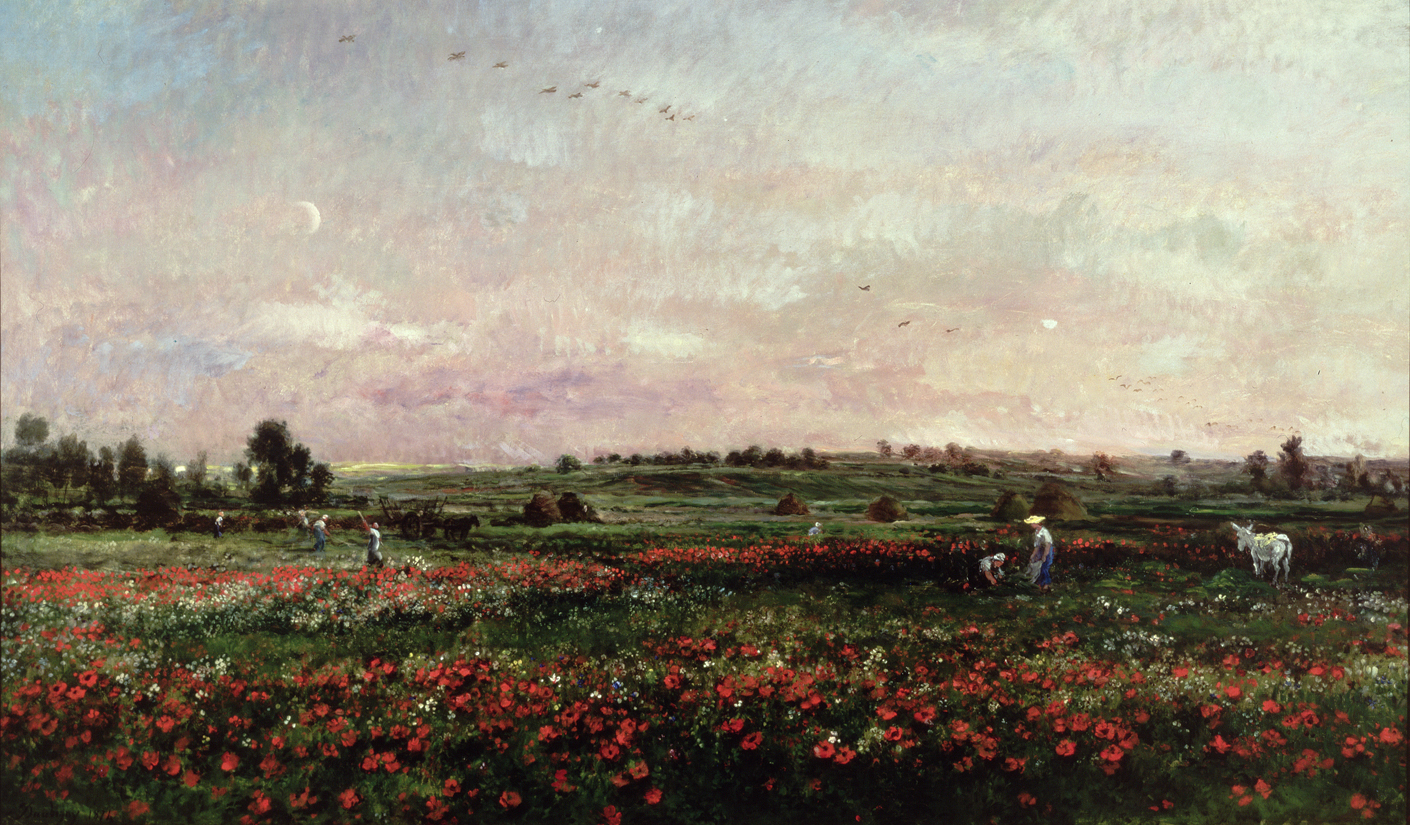
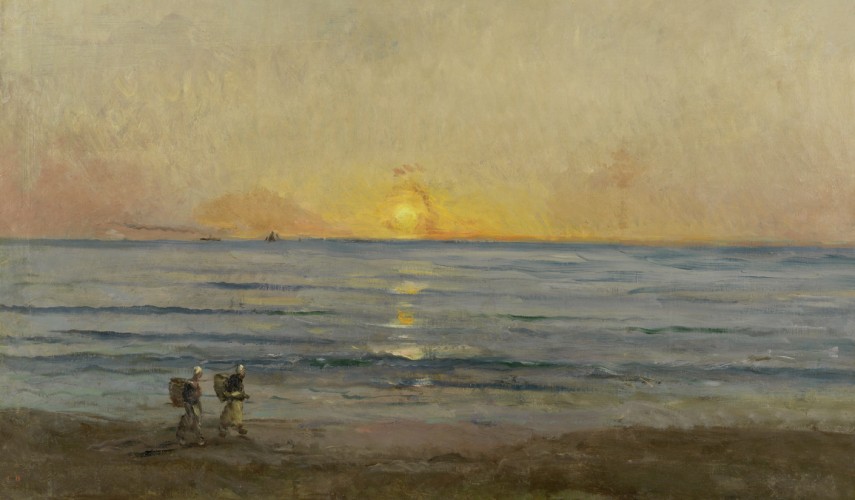
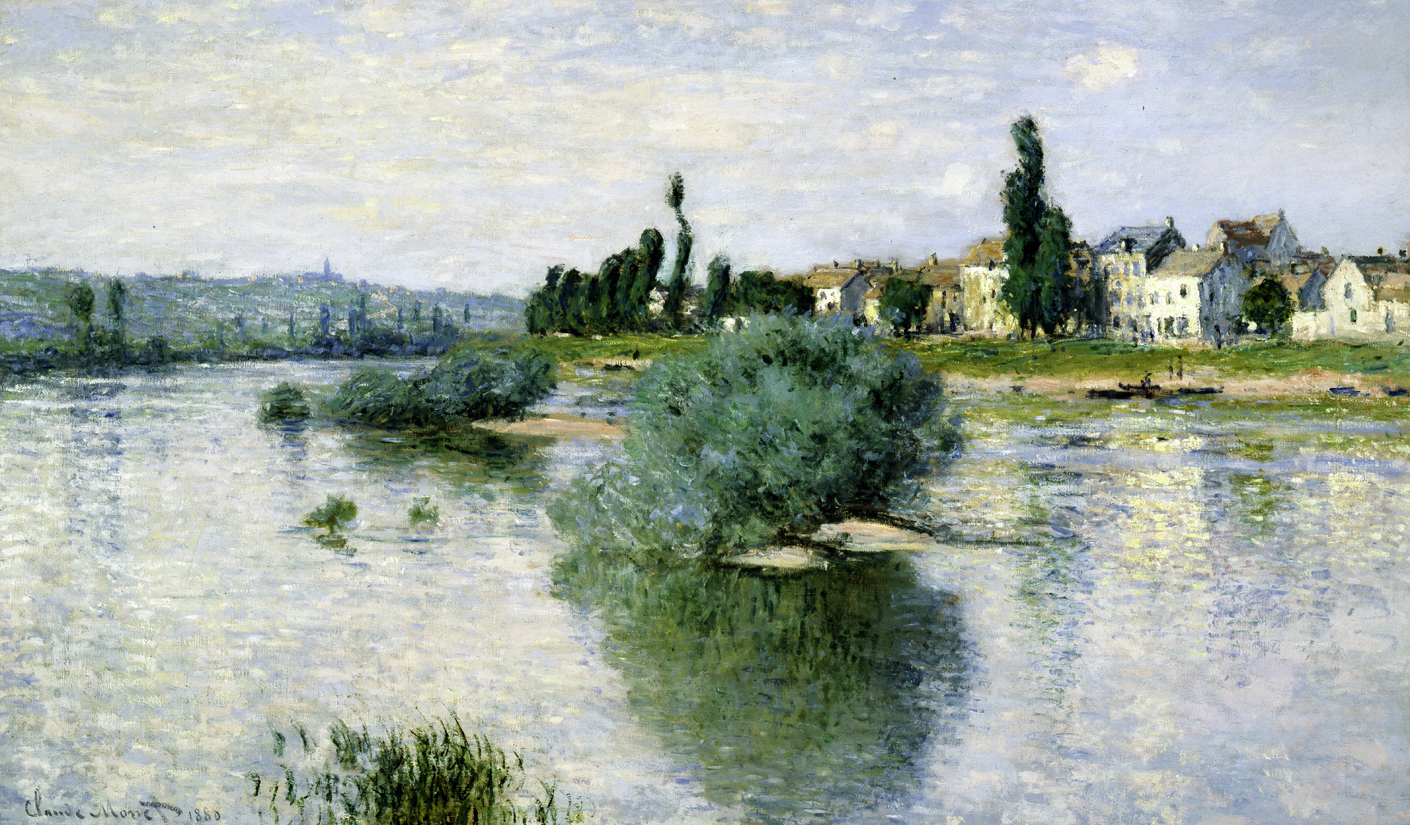
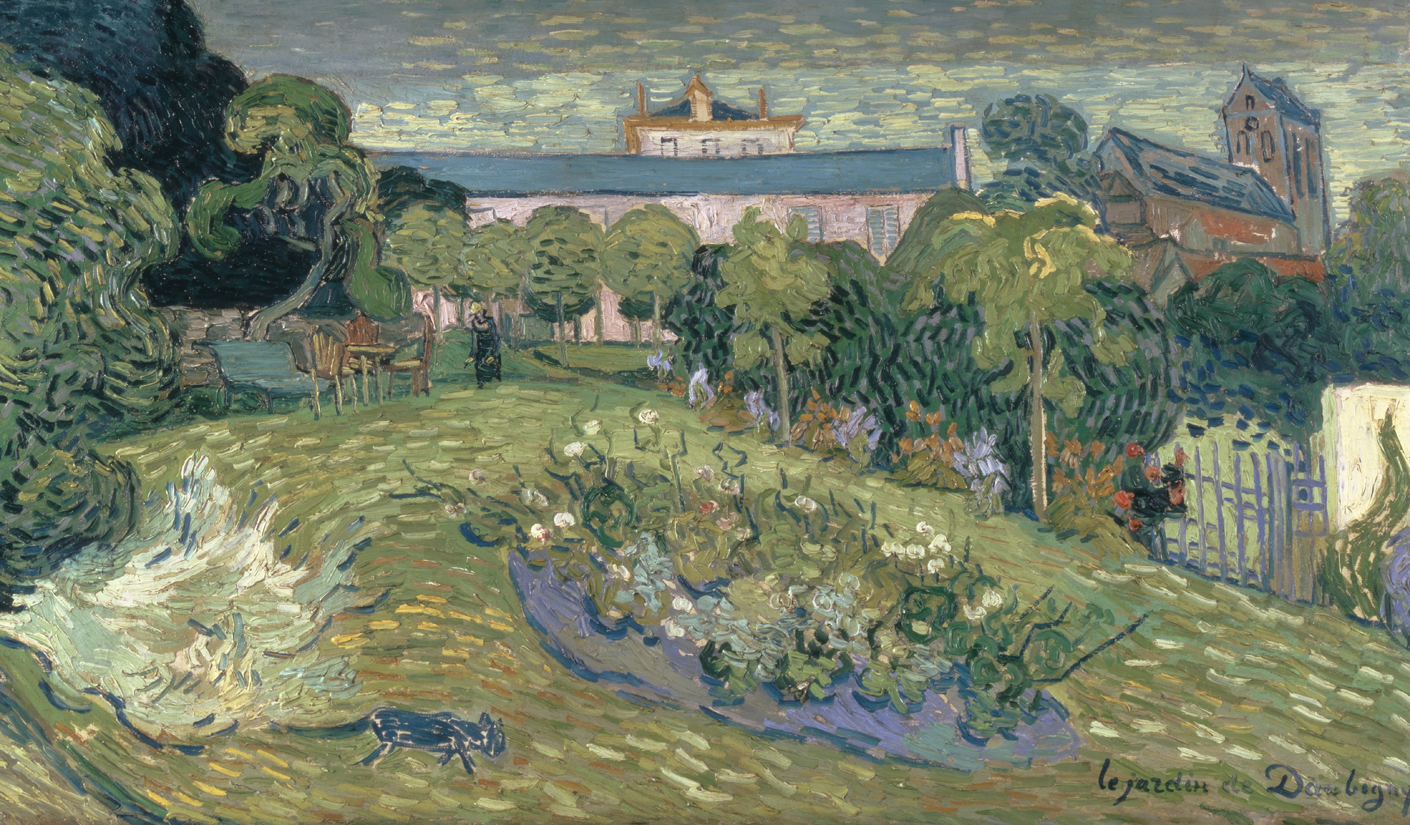
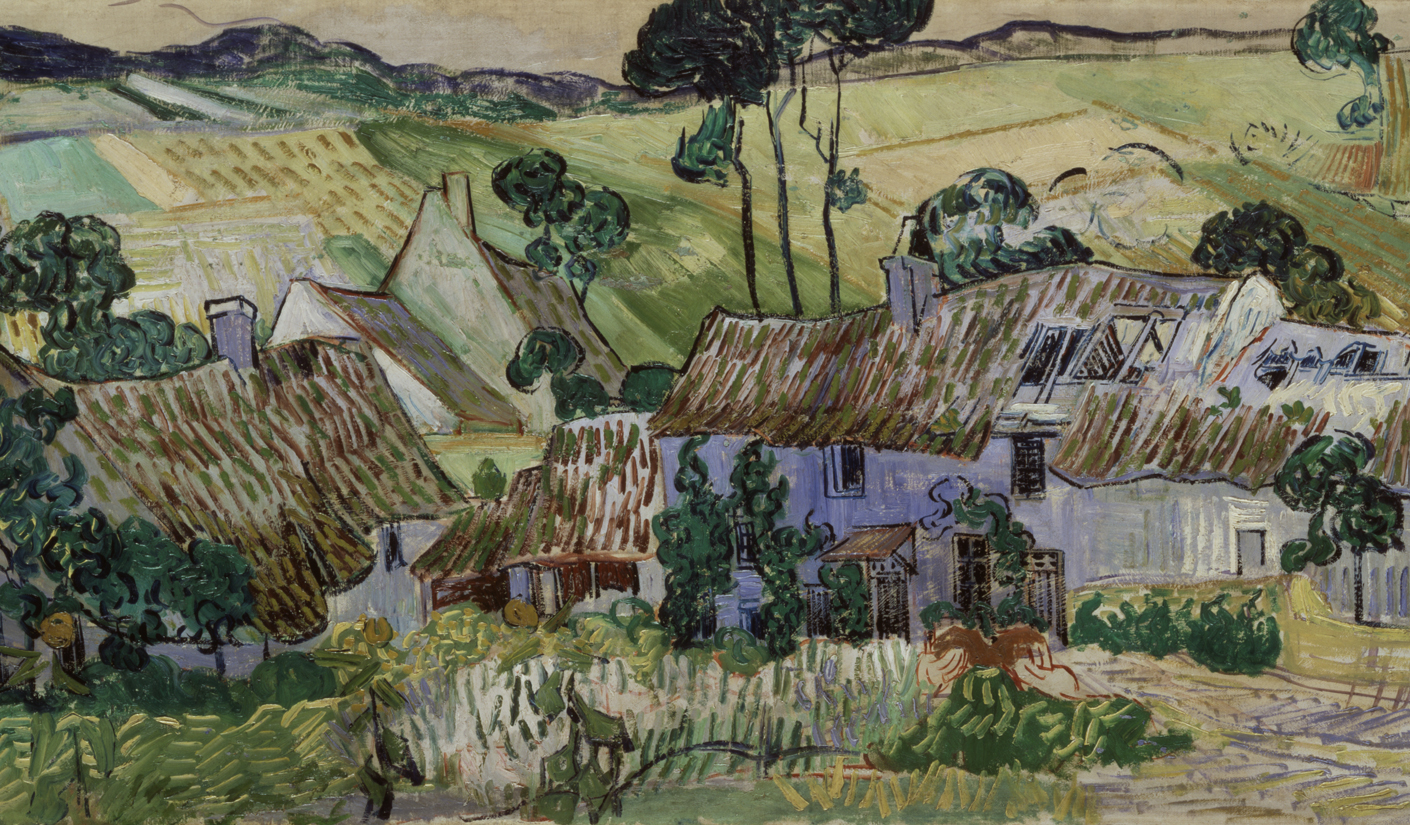
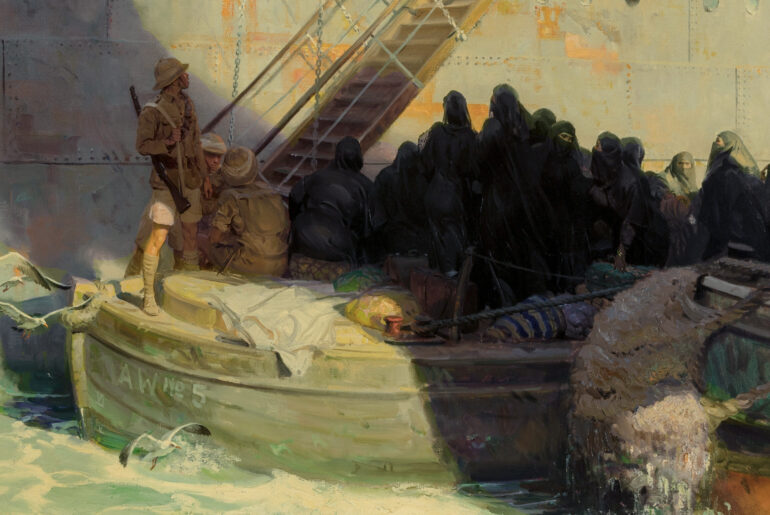
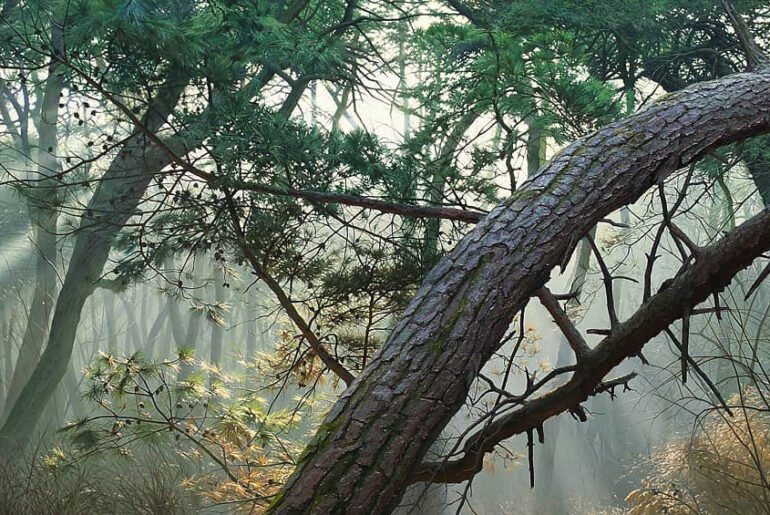
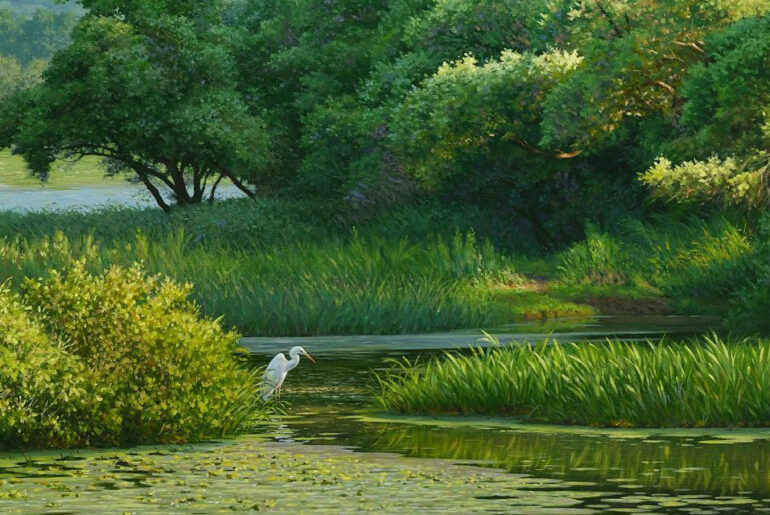
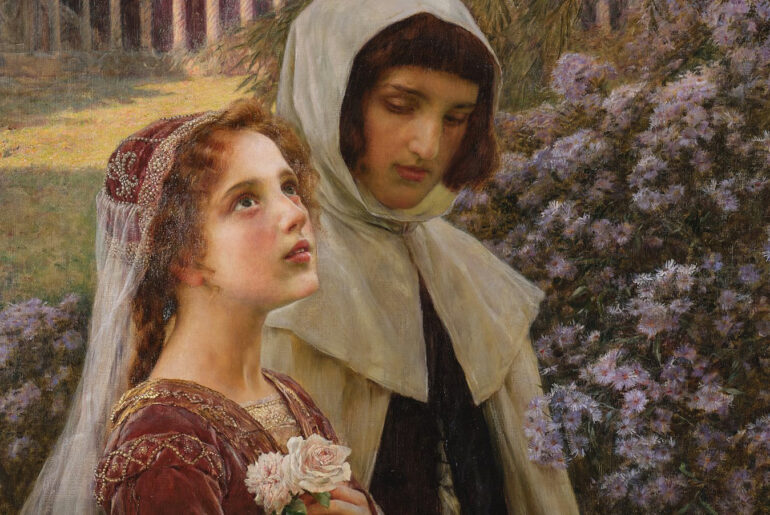
Where: National Galleries Scotland, Edinburgh (SCT)
When: June 25 – October 2, 2016